Upcycling Wooden Furniture Sustainably: Fresh Life for Loved Timber
Chosen theme: Upcycling Wooden Furniture Sustainably. Welcome to a friendly, hands-on space where cast-off chairs, tables, and cabinets become meaningful, long-lasting pieces—with less waste, more heart, and practical guidance you can trust.
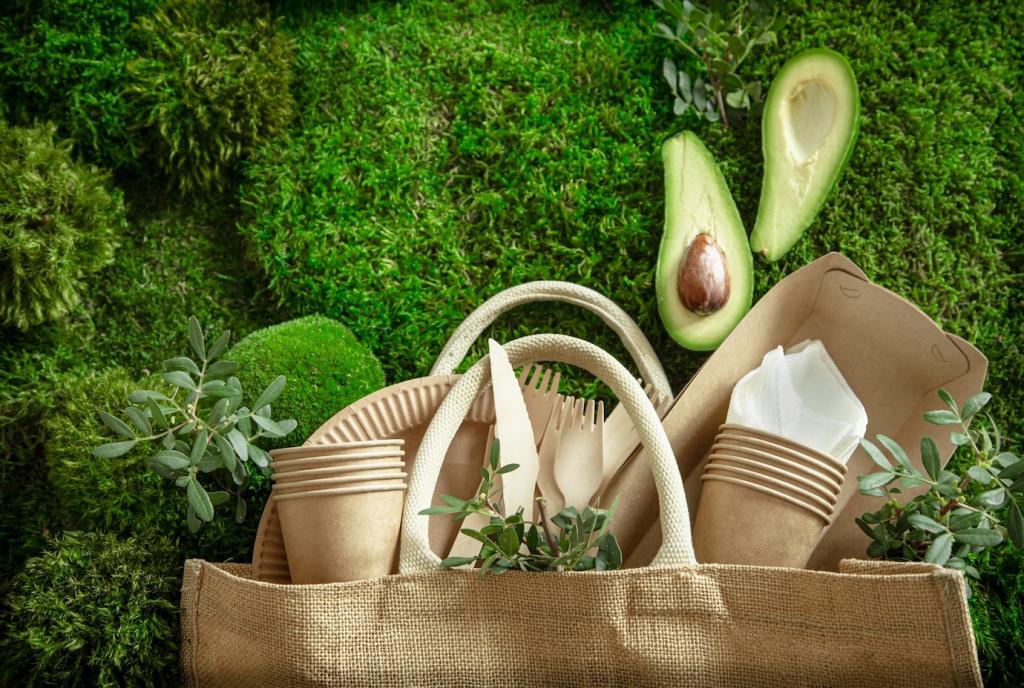
Why Sustainable Upcycling of Wooden Furniture Matters
Every year of use you add to a wooden piece delays new manufacturing, lowers embodied carbon, and keeps materials out of landfills. By repairing and refreshing a table rather than replacing it, you conserve energy, protect forests, and honor the craftsmanship already embedded in the wood.
Where to Find Ethical, Quality Furniture
Check local classifieds, neighborhood free groups, nonprofit reuse centers, and architectural salvage yards. Ask family and friends before they discard. Estate sales and community swaps often yield solid wood gems at fair prices—bring measurements, photos of your space, and an open mind for unexpected potential.
How to Assess Structure, Species, and Veneer
Test for wobble at joints; look for cracks around mortises and loose dowels. Identify solid wood versus veneer by checking edges and grain continuity. Recognize species—oak, maple, or pine—since hardness and pore structure affect sanding and finishing. Avoid pieces with severe rot, powderpost beetle frass, or extensive warping.
Spotting Red Flags and Handling Old Finishes Safely
If paint might contain lead, use test swabs and follow local regulations. Skip methylene chloride strippers; choose soy‑based gels, scrapers, and patient sanding with proper respirators. Protect yourself with gloves and ventilation, and capture dust safely, especially when dealing with unknown coatings or brittle, aged lacquers.
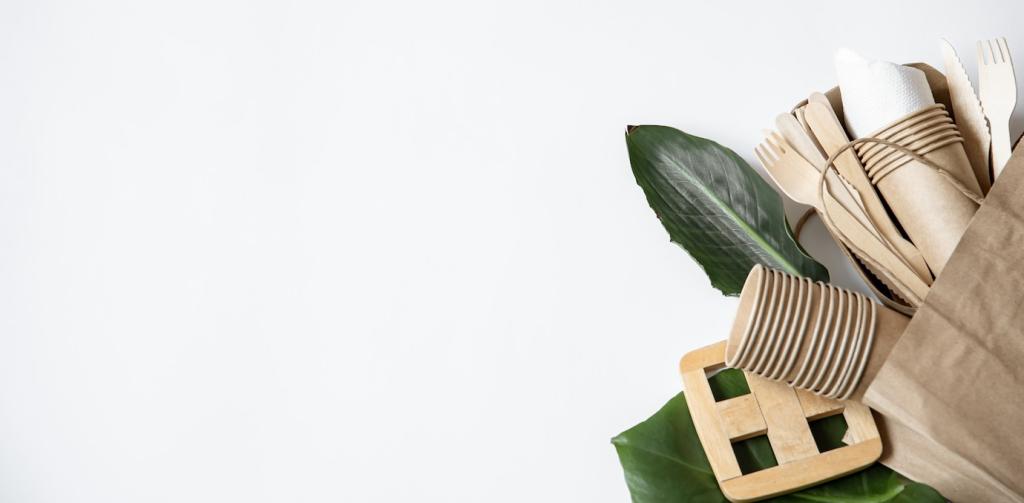
Toolkit and Materials for Low‑Impact Upcycling
A sharp block plane, cabinet scraper, card scraper, and quality chisels can outperform sanders on delicate veneers and edges. Hand tools reduce noise and dust, sip energy, and give tactile feedback. Add clamps, a mallet, and a sturdy square to keep repairs true without resorting to excessive hardware.
Toolkit and Materials for Low‑Impact Upcycling
Choose reversible hide glue for traditional joints, low‑VOC PVA for general repairs, and wood flour mixed with glue for color‑matched fills. Reuse screws when possible, and consider mechanical joinery before adhesives. Avoid formaldehyde‑heavy products; read safety data sheets and pick materials that support future disassembly.


Repair, Joinery, and Surface Renewal Techniques
Disassemble gently, clean old glue, and reassemble with hide glue for a strong yet reversible bond. For mortise‑and‑tenon joints, consider drawbore pegs to pull everything tight. Avoid over‑reliance on metal brackets; internal strength and good fit keep the piece resilient for decades.
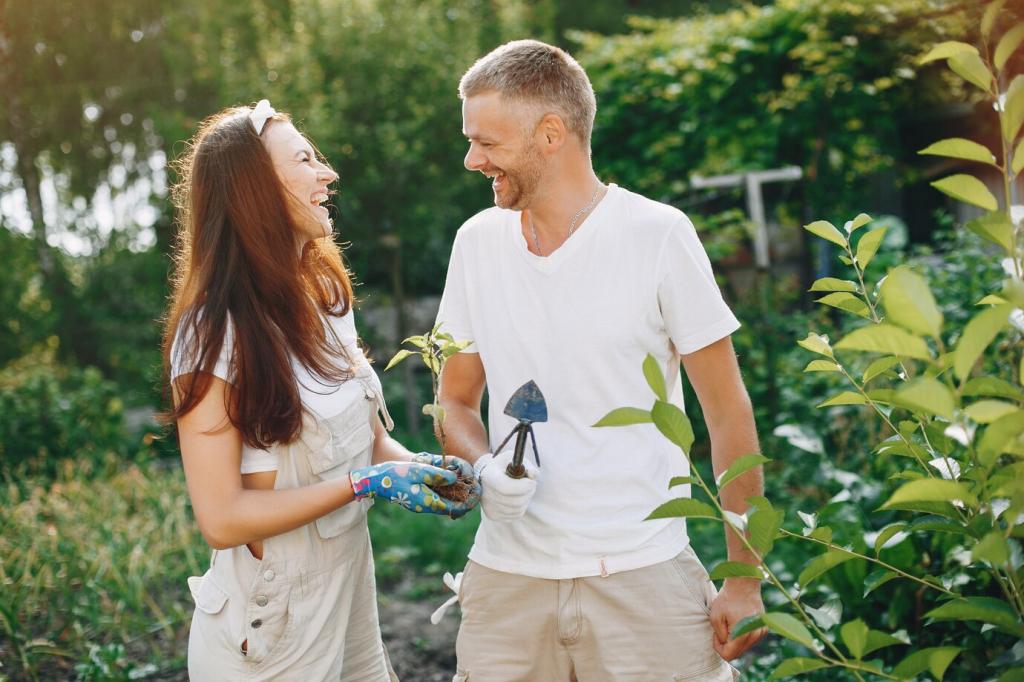
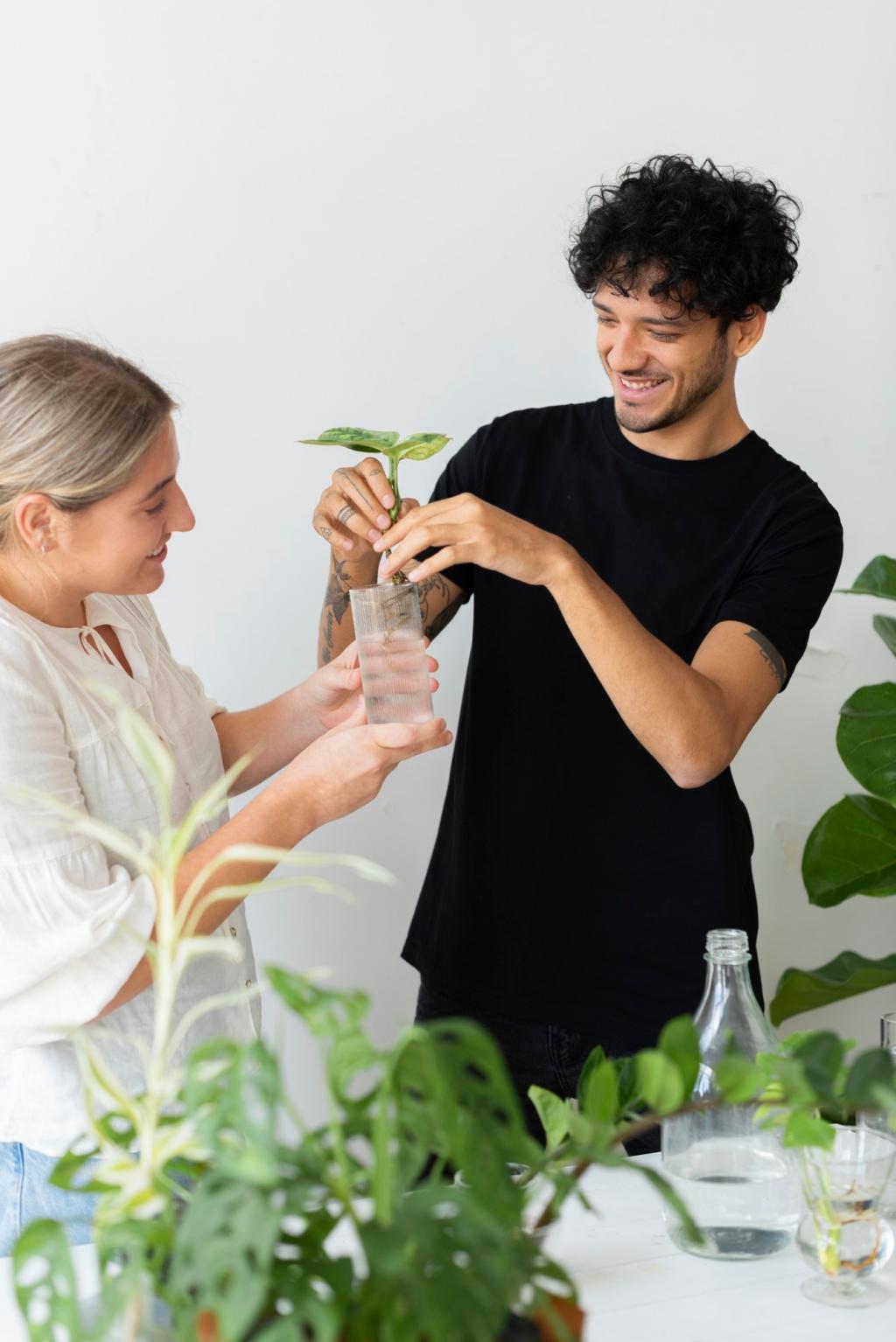
From Dresser to Kitchen Island, Thoughtfully
Remove the mirror frame, reinforce the carcass, and add locking casters for mobility. A butcher‑block top from reclaimed offcuts creates durable workspace, while repositioned drawers store linens. One weekend project saved our reader Mia hundreds and launched family pizza nights around a once‑forgotten dresser.
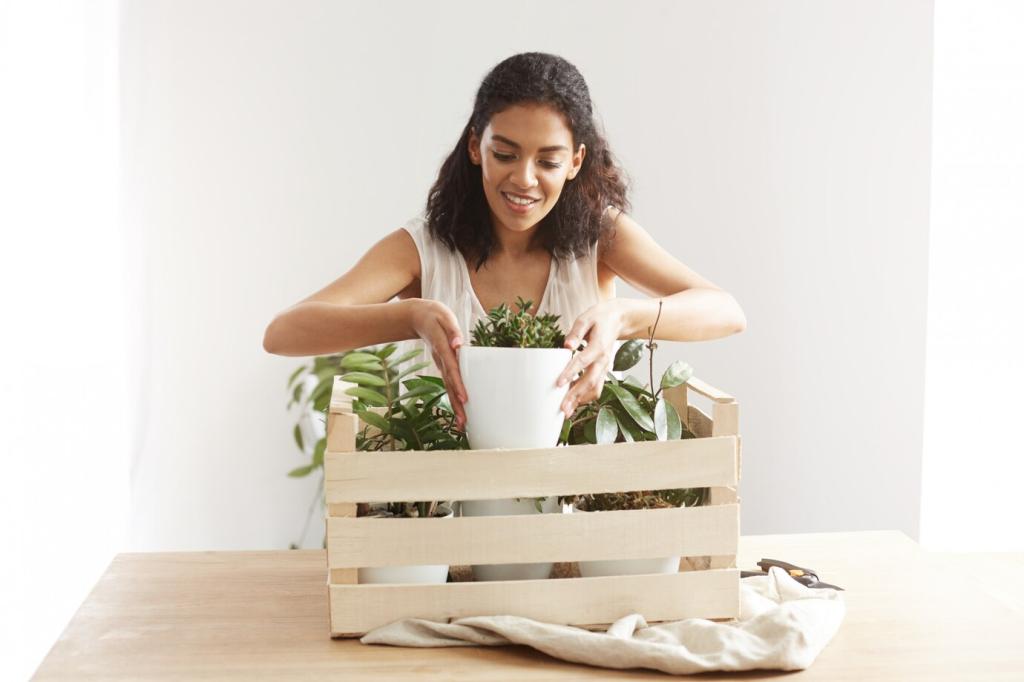
Mixing Materials Responsibly and Elegantly
Combine salvaged glass, cane, or rattan with wood using water‑borne adhesives and mechanical clips for disassembly. Contrast textures to highlight grain, and ensure contact points are cushioned to prevent stress. Thoughtful hybrids feel contemporary while staying faithful to sustainable, repairable construction practices.

Color, Texture, and Finish Harmony
Layer milk paint for depth, selectively distress only where wear naturally occurs, and glaze edges for subtle shadow. Choose palettes that complement your room’s light and neighboring woods. Invite readers to vote on color schemes—community feedback often sparks the bravest, yet most cohesive, design choices.
Care, Longevity, and Your Voice in the Community
01
Dust with a soft cloth, refresh wax annually, and keep humidity between forty and fifty‑five percent to prevent movement. Add felt pads under feet, avoid direct heat vents, and spot‑repair finish rather than stripping. Small rituals preserve both the wood and the story you have restored.
02
Pick finishes labeled low or zero VOC, verify grams‑per‑liter numbers, and allow adequate cure time before heavy use. Ventilate well, and consider activated charcoal near freshly finished pieces. By prioritizing indoor air quality, you make sustainability feel as good as it looks, day after day.
03
Post photos of your latest upcycle, describe the trickiest step, and ask questions—we will feature standout projects in future guides. Subscribe for weekly tips, honest tool comparisons, and reader polls that shape our next transformation. Your voice keeps this sustainable movement lively and welcoming.
